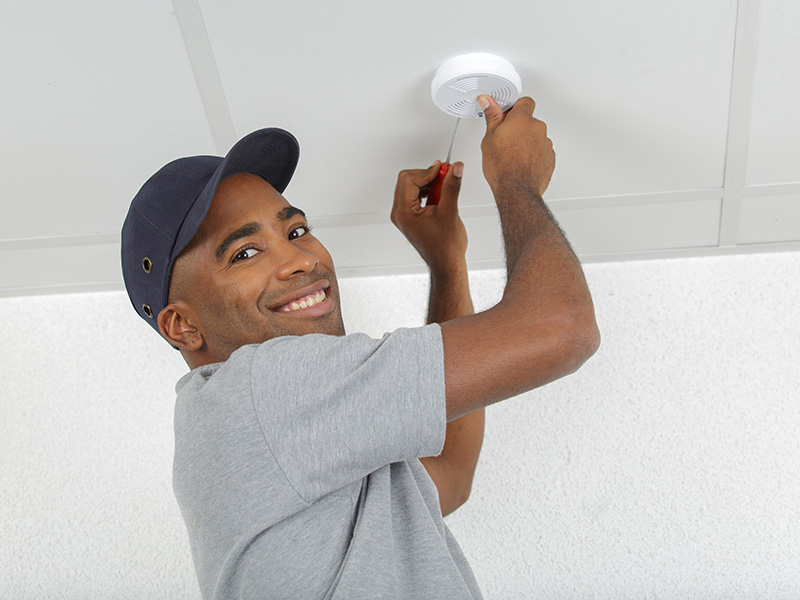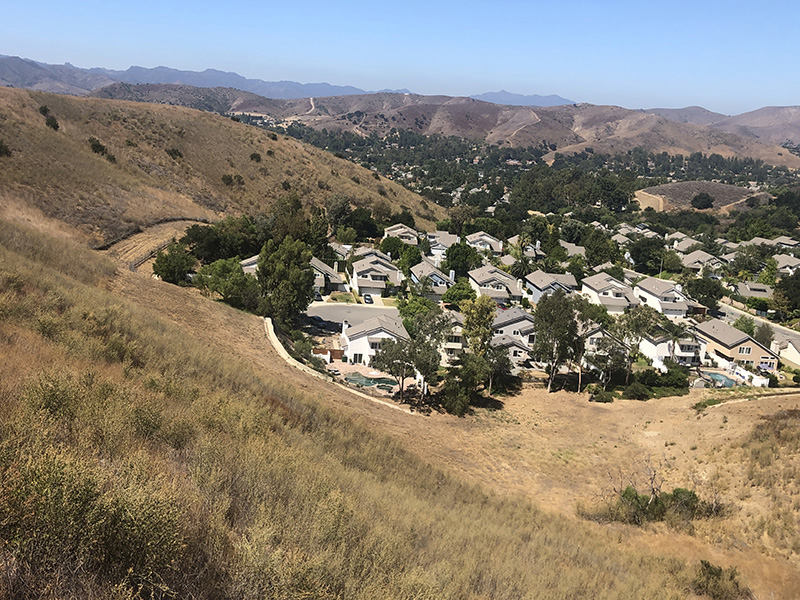Firewise Activities
Your Community Needs You!




The following are the primary home activities that qualify as Firewise volunteer hours.
Please click on the button below to enter your volunteer hours. This helps your community achieve its Firewise status.
Structural Work
The home and the area 0-5 feet from the furthest attached exterior point of the home; defined as a non-combustible area. Science tells us this is the most important zone to take immediate action on as it is the most vulnerable to embers. START WITH THE HOUSE ITSELF then move into the landscaping section of the Immediate Zone.
- Clean roofs and gutters of dead leaves, debris and pine needles that could catch embers
- Replace or repair any loose or missing shingles or roof tiles to prevent ember penetration
- Install 1/8 inch metal mesh screening in order to reduce embers that could pass through vents in the eaves
- Clean debris from exterior attic vents and install 1/8 inch metal mesh screening to reduce embers
- Repair or replace damaged or loose window screens and any broken windows
- Screen or box-in areas below patios and decks with wire mesh to prevent debris and combustible materials from accumulating
- Move mulch, flammable plants, leaves and needles, and firewood piles – anything that can burn – away from wall exteriors. Remove anything stored underneath decks or porches
Yard Work
Landscaping/hardscaping 5-30 feet from the farthest exterior point of the home – employing careful landscaping or creating breaks that can help influence and decrease fire behavior.
- Clear vegetation from under large, stationary propane tanks
- Create fuel breaks with driveways, walkways/paths, patios, and decks
- Keep lawns and native grasses mowed to a height of four inches
- Remove ladder fuels (vegetation under trees) so a surface fire cannot reach the crowns
- Prune trees up to six to 10 feet from the ground; for shorter trees do not exceed 1/3 of the overall tree height
- Space trees to have a minimum of 18 feet between crowns with the distance increasing with the percentage of slope
- Plan tree placement to ensure the mature canopy is no closer than 10 feet to the edge of the structure
- Limit trees and shrubs in this zone to small clusters of a few each to break up the continuity of the vegetation across the landscape
Extended Zone
Landscaping from 30-100 feet out to 200 feet. The goal here is not to eliminate fire but to interrupt fire’s path and keep flames smaller and on the ground.
- Dispose of heavy accumulations of ground litter/debris
- Remove dead plant and tree material
- Remove small conifers growing between mature trees
- Remove vegetation adjacent to storage sheds or other outbuildings within this area
- Trees 30 – 60 feet from the home should have at least 12 feet between canopy tops*
- Trees 60 – 100 feet from the home should have at least 6 feet between the canopy tops*
* The distances listed for crown spacing are suggested based on NFPA 1144. However, the crown spacing needed to reduce/prevent crown fire potential could be significantly greater due to slope, the species of trees involved and other site specific conditions. Check with your local forestry professional to get advice on what is appropriate for your property.
CLICK HERE for a complete list of activities that qualify for Firewise volunteer hours.
